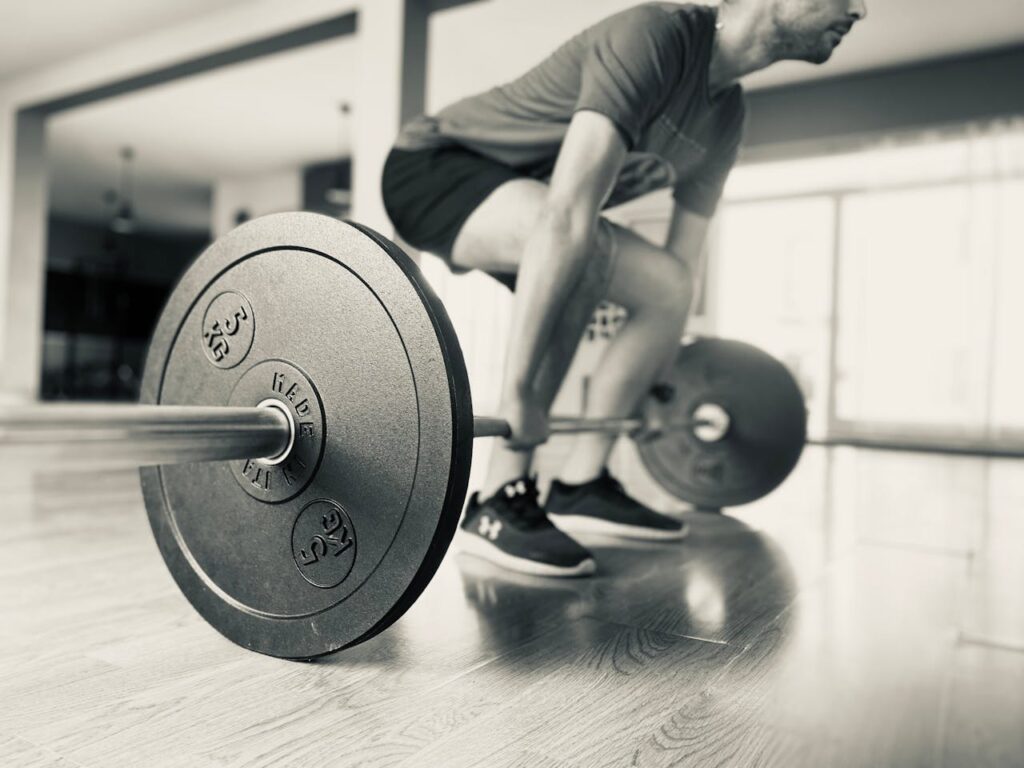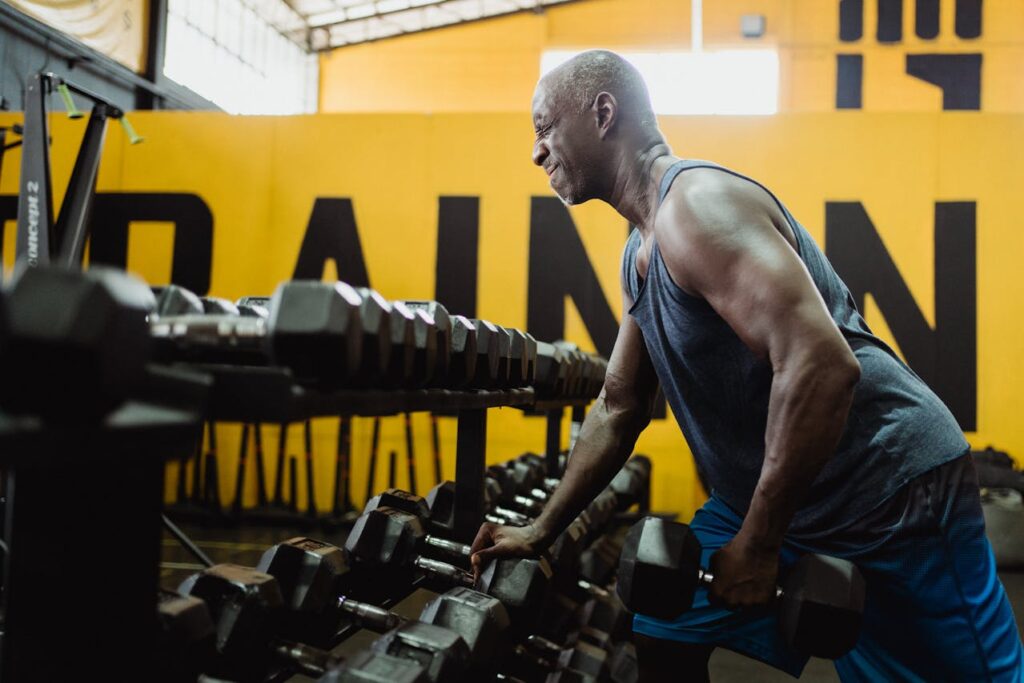Making the most out of your workouts often comes down to more than just the exercises you choose. The order in which you perform cardio and weight training can influence results like muscle growth, fat loss, endurance, and recovery. While there’s plenty of debate and even more confusion, the science behind workout sequencing can help guide a more effective fitness routine. Here’s what you need to know before deciding whether to hit the treadmill or the dumbbells first.
1. Energy Levels: Where Should You Invest First?

Your body holds a finite supply of easily accessible energy, known as glycogen. When you begin your workout, your muscles are fresh and fully stocked, ready to perform at their best. If you start with cardio, especially if it’s high-intensity or long-duration, you may deplete some of those energy reserves before you even pick up a weight. On the other hand, jumping straight into lifting allows you to give your maximal effort to heavy, explosive movements that require peak power.
A study published in the Journal of Strength and Conditioning Research found that performing cardio before strength training reduced performance during the weightlifting portion, especially with higher-intensity aerobic exercise. This could mean fewer reps, lighter weights, and less strength progress over time. So, if building muscle or increasing strength is your primary goal, consider lifting first while your energy reserves are highest.
Source: Journal of Strength and Conditioning Research
2. Fat Loss: Does Cardio Timing Matter?

Many believe that doing cardio before weights burns more fat, but the reality is more nuanced. When you lift weights first, your body uses glycogen stores for fuel. Once these are depleted, cardio may prompt your body to use more stored fat as energy. This “afterburn” effect, technically known as excess post-exercise oxygen consumption (EPOC), is higher after intense weight training.
A review in the Sports Medicine journal highlighted that exercise order doesn’t drastically change total fat loss, but those focused on maximizing calorie burn and metabolic rate may benefit from resistance training first. For people short on time or aiming for optimal fat loss, starting with weights and finishing with cardio could slightly enhance fat-burning potential.
Source: Sports Medicine
3. Endurance Goals: Cardio First for Stamina?

If your primary objective is to improve cardiovascular endurance, such as training for a race or long-distance event, then beginning your session with cardio makes sense. Your body will be primed to adapt to aerobic demands, helping you build stamina more efficiently.
Research from the American Council on Exercise shows that athletes who performed cardio first improved their endurance faster than those who always lifted weights beforehand. This is because fatigue from lifting can decrease your ability to maintain high-quality aerobic work, potentially compromising gains in stamina.
Source: American Council on Exercise
4. Strength and Power: Preserve Maximal Performance

Lifting weights with fatigued muscles rarely leads to personal bests. For those focused on increasing raw strength, explosive power, or muscle hypertrophy, the best practice is to prioritize weight training before cardio. When the central nervous system is fresh, you can generate more force, maintain better form, and reduce the risk of injury.
A study published in The Journal of Sports Medicine and Physical Fitness demonstrated that participants who lifted before cardio maintained higher strength levels and muscle activation, compared to the reverse order . For athletes or anyone seeking progressive overload, lifting first is generally the way to go.
Source: Journal of Sports Medicine and Physical Fitness
5. Workout Quality and Motivation

Motivation tends to wane as fatigue sets in. Starting with the exercise you enjoy or value most can help you stay engaged and consistent. For many, the satisfaction of completing a tough run or finishing a heavy lift sets the tone for the rest of the session.
A feature in Men’s Health magazine points out that mixing up the order occasionally can prevent boredom, break plateaus, and keep you excited about workouts . The key is to avoid letting fatigue from one modality undermine the quality of the other.
Source: Men’s Health
6. Injury Prevention: Fatigue and Form

Proper technique is crucial in both cardio and weightlifting, but it becomes especially important when lifting heavy weights. If you’re already fatigued from cardio, your form can break down, increasing the risk of strains, sprains, or more serious injuries.
According to the National Strength and Conditioning Association, performing weightlifting first—especially for complex, multi-joint movements—helps maintain focus and proper biomechanics. By minimizing pre-lifting fatigue, you lower your chances of injury and set yourself up for safer, more effective sessions.
Source: National Strength and Conditioning Association
7. Recovery Considerations

Combining cardio and weights in one session is demanding on your body. The order can influence recovery rates, soreness, and adaptation. When you lift first, your muscles experience more microtears, which may benefit from low-to-moderate cardio afterward to stimulate blood flow and aid recovery.
Healthline notes that light aerobic activity after weightlifting can reduce muscle soreness and improve flexibility by promoting circulation. Conversely, intense cardio before lifting may prolong recovery, particularly for those training multiple days per week.
Source: Healthline
8. Time Efficiency and Workout Structure

If you’re pressed for time, structuring your workout efficiently becomes essential. Circuit-style routines that alternate cardio intervals and strength moves (like HIIT or CrossFit) can maximize both cardiovascular and muscular benefits in a single session.
A guide from Verywell Fit highlights that alternating modalities increases overall calorie burn and keeps the body guessing, though it may sacrifice peak performance in either discipline if not carefully planned . Decide what’s more important: maximizing results in one area, or getting a well-rounded, time-efficient workout.
Source: Verywell Fit
9. Individual Goals and Preferences

Personalization is key. Someone training for a bodybuilding competition will likely benefit from lifting first, while a marathon runner may prioritize cardio. Others might alternate based on how they feel, the day’s focus, or even gym traffic.
According to the Cleveland Clinic, listening to your body and aligning your routine with your unique objectives and schedule produces the best long-term adherence and results. There’s no “one-size-fits-all”—finding what works for you can be more effective than following generic advice.
Source: Cleveland Clinic
10. Science Continues to Evolve

New studies continue to shed light on optimal workout sequencing, and recommendations may shift as more is discovered about how the body responds to various training orders. Factors such as age, fitness level, nutrition, and even genetics can impact what’s best for an individual.
A recent meta-analysis published in Frontiers in Physiology concluded that while both orders are effective for improving fitness, the specific benefits depend heavily on which outcome you prioritize—strength, endurance, or body composition. Stay informed and be open to adjusting your approach as research evolves.
Source: Frontiers in Physiology

